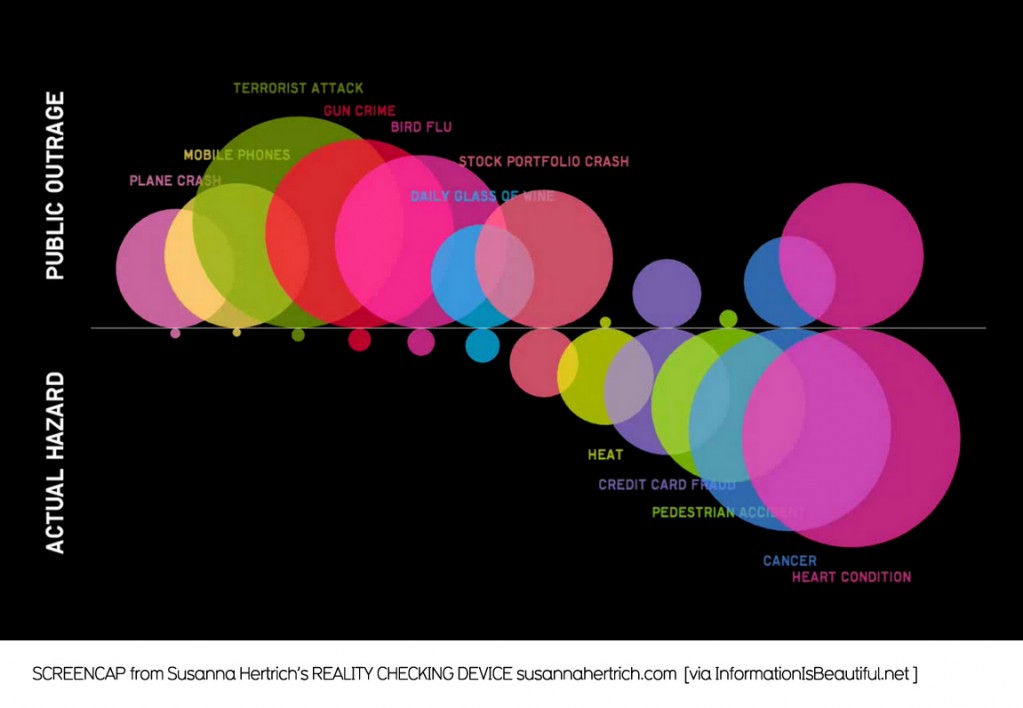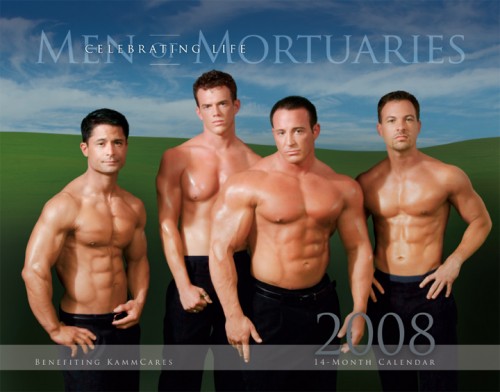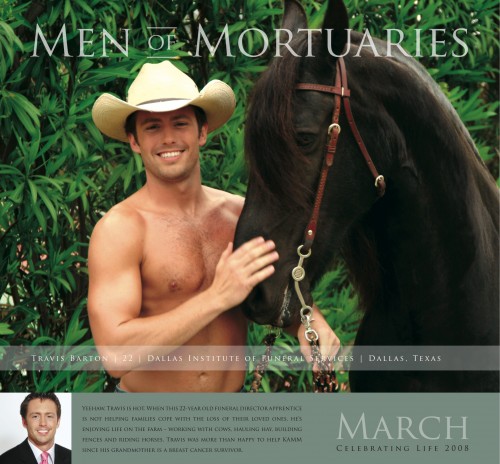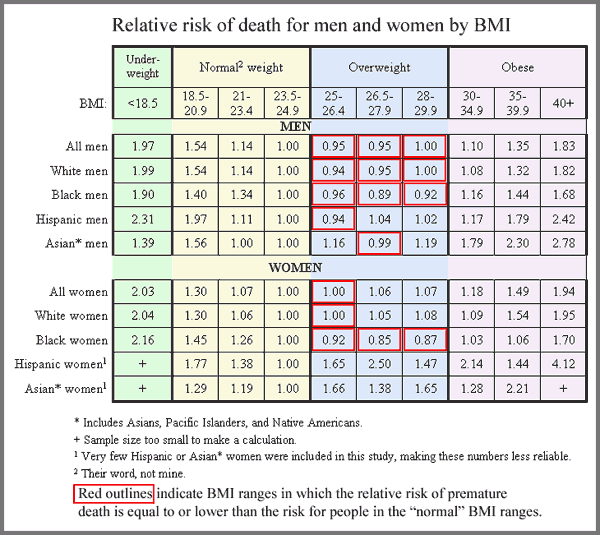One way to study social problems is to take a social constructionist approach. This approach suggests that the degree to which a social problem is perceived as problematic, as well as the kind of problem it is understood to be, is a function of social interaction. For example, many Americans consider drunk driving to be a very bad thing and a serious threat. Drunk driving is not only embarrassing, it is punishable by law, and a conviction could result in social opprobrium. It wasn’t always that way, and it still isn’t all that stigmatized in some parts of the U.S. and, of course, elsewhere.
So, social problems aren’t immediately obvious, but need to be interpreted and presented to us. And, of course, some people have more power to deliver a message to the public than others.
Artist Susannah Hertrich developed this graphic (via) designed to bring to consciousness the difference between the likelihood of harm from certain threats and public outrage:

I am unsure as to how she measured both “public outrage” and “actual hazard” but, giving her the benefit of the doubt and assuming that this information is based on some reasonable systematic measurement, the image nicely draws our attention to how some social problems can receive a disproportionate amount of outrage, contributing to their social construction as significant or insignificant social problems (or, alternatively, their social construction as public problems for which outrage is appropriate and useful, versus private problems that have no public policy dimensions).
So, for example, heat is seen as relatively harmless even though, as Eric Klinenberg shows in his book Heat Wave: A Social Autopsy of Disaster in Chicago, it kills many, many people every year and is severely exacerbated by social policies both directly and indirectly related to weather. But the people who die from heat, and those who love them, tend to be relatively powerless members of our society: usually the elderly poor.
Conversely, the threat of terrorism attracts a great deal of public outrage, but is not a significant threat to our individual well-being. Still, certain members of our society with an ease of access to the media and authoritative roles in our society (mostly politicians and pundits) can raise our fears of terrorism to disproportionate levels.
Similarly, bird flu makes for a fun story (as all gruesome health scandals can) and gun crime feeds “mainstream” fears of the “underclasses” (often perceived as black and brown men). Both make for good media stories. Less so, perhaps, pedestrian accidents.
—————————
Lisa Wade is a professor of sociology at Occidental College. You can follow her on Twitter and Facebook.









